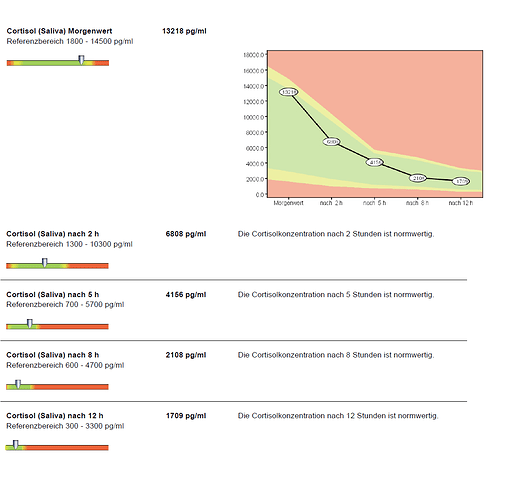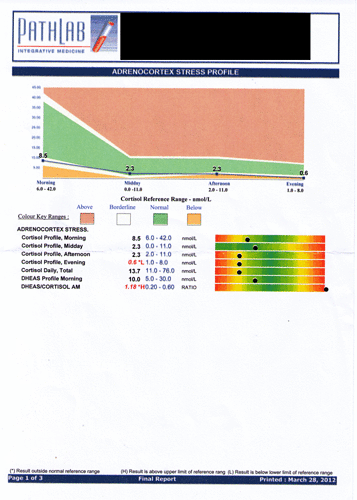stopthethyroidmadness.com/aldosterone/
Aldosterone can be just as important as Cortisol
Low cortisol due to worn out adrenals is common among a large body of hypothyroid patients, and it can be necessary to supplement with cortisol, or bring it up with the T3CM. But along with cortisol, there’s another adrenal hormone that you may need to investigate with your doctor: aldosterone.
Much more about this in the revised STTM book here.
HOW DO I TEST FOR ALDOSTERONE? Testing for aldosterone will be either a 24 hour urine test or a blood test–the latter which is more highly recommended to pursue with your doctor. It may also be important to avoid all salt for 24 hours before the test, and to be moving around for two hours before you test. 8 am is a good time to do the test since aldosterone levels would be at their highest in the early morning. It’s worthy to note that aldosterone levels can be doubled if you are pregnant, and are normally a little higher in children than in adults. For a complete picture, ask your doctor to include your renin for a complete picture, as well as sodium and potassium. See a testing facility without a prescription below.
You can also try a self-test–the pupil test, listed in Discovery Step Two on the Adrenal page. The blood pressure test from a supine position to standing can also point to your adrenals.
When lab testing, you are looking for 2 to 16 ng/dL if done laying down, and 5 to 41 ng/dL for upright. A good resource about results is here. There can be some variations for different lab facilities. More in Chapter 5.
HOW DO I TEST FOR ALDOSTERONE? Testing for aldosterone will be either a 24 hour urine test or a blood test–the latter which is more highly recommended to pursue with your doctor. It may also be important to avoid all salt for 24 hours before the test, and to be moving around for two hours before you test. 8 am is a good time to do the test since aldosterone levels would be at their highest in the early morning. It’s worthy to note that aldosterone levels can be doubled if you are pregnant, and are normally a little higher in children than in adults. For a complete picture, ask your doctor to include your renin for a complete picture, as well as sodium and potassium. See a testing facility without a prescription below.
You can also try a self-test–the pupil test, listed in Discovery Step Two on the Adrenal page. The blood pressure test from a supine position to standing can also point to your adrenals.
When lab testing, you are looking for 2 to 16 ng/dL if done laying down, and 5 to 41 ng/dL for upright. A good resource about results is here. There can be some variations for different lab facilities. More in Chapter 5.


